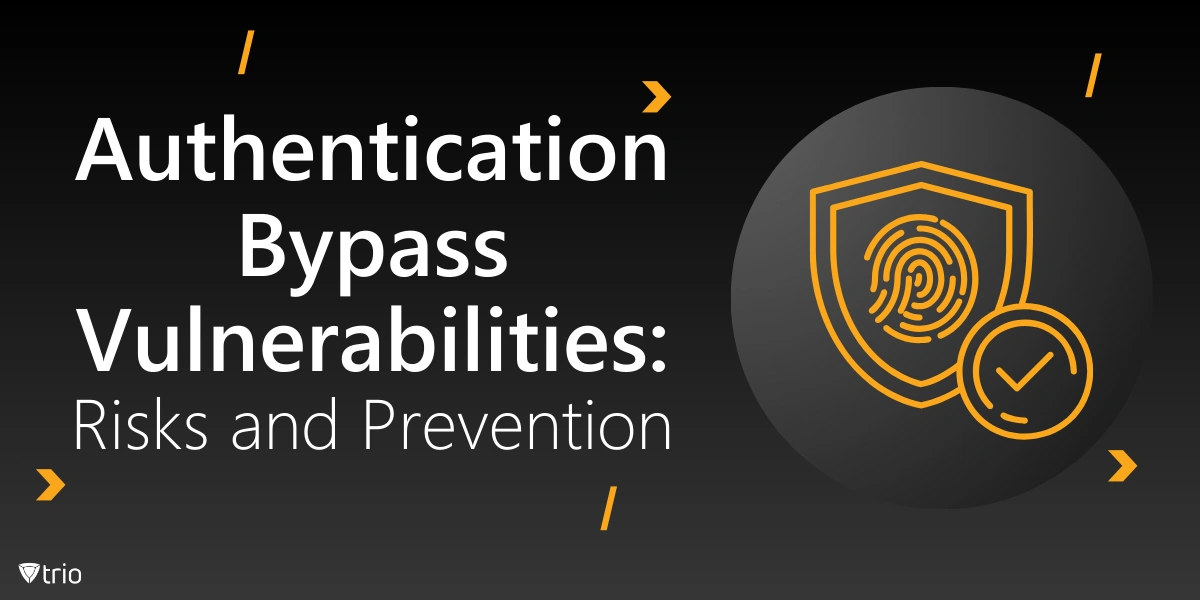One of the most critical aspects of cybersecurity is authentication – the process of verifying a user’s identity. However, even the most robust systems can fall prey to authentication bypass vulnerabilities. This comprehensive guide will delve into the world of authentication bypass, exploring its implications, methods, and prevention strategies.
What are Authentication Bypass Vulnerabilities?
Authentication bypass vulnerabilities are security flaws that allow attackers to gain unauthorized access to protected resources by circumventing the authentication process. These vulnerabilities can be exploited to bypassing authentication mechanisms, potentially leading to severe security breaches.
Understanding the Term “Bypassed”
To fully grasp the concept of authentication bypass, it’s essential to define bypassed in this context. When we say an authentication system has been “bypassed,” it means that an unauthorized user has managed to gain access to protected resources without properly authenticating their identity.
Common Methods to Bypass Security Features
Attackers employ various techniques to exploit authentication vulnerabilities and bypass security features. Some of these methods include:
- SQL Injection: Manipulating input fields to alter database queries
- Session Hijacking: Stealing or predicting session tokens
- Brute Force Attacks: Systematically guessing credentials
- Exploiting Weak Password Policies: Taking advantage of easily guessable passwords
- MAC Authentication Bypass: Spoofing MAC addresses in networks using MAC-based authentication
Spotlight on MAC Authentication Bypass
MAC authentication bypass is a specific type of vulnerability that affects networks using MAC address-based authentication. In this scenario, an attacker can spoof a legitimate MAC address to gain unauthorized network access. This method is particularly concerning because many organizations rely on MAC authentication as an additional layer of security.
The Impact of Authentication Bypass Vulnerabilities
The consequences of successful authentication bypass can be severe:
- Unauthorized access to sensitive data
- Compromised user accounts
- Financial losses
- Damage to reputation
- Compliance violations
How to Prevent Authentication Bypass
Implementing robust security measures is crucial to prevent authentication bypass vulnerabilities. Here are some key strategies:
- Implement Multi-Factor Authentication (MFA): MFA adds an extra layer of security, making it significantly harder for attackers to bypass authentication.
- Use Strong, Secure Authentication Protocols: Employ industry-standard protocols like OAuth 2.0 or OpenID Connect.
- Regular Security Audits: Conduct thorough and frequent security assessments to identify and address vulnerabilities.
- Input Validation: Implement strict input validation to prevent SQL injection and other input-based attacks.
- Secure Session Management: Use secure, randomly generated session tokens and implement proper session timeout mechanisms.
- Strong Password Policies: Enforce complex password requirements and regular password changes.
- Keep Systems Updated: Regularly update all software and systems to patch known vulnerabilities.

Authentication Vulnerabilities: A Closer Look
Understanding common authentication vulnerabilities is crucial for developing secure systems. Some prevalent authentication vulnerabilities include:
- Weak Password Storage: Storing passwords in plaintext or using weak hashing algorithms
- Insecure Password Recovery Mechanisms: Easily exploitable password reset processes
- Lack of Brute Force Protection: Not implementing account lockouts or CAPTCHAs
- Insufficient Session Expiration: Allowing sessions to remain active for too long
- Improper Error Handling: Revealing too much information in error messages
Best Practices for Secure Authentication
To maintain a robust authentication system, consider these best practices:
- Use Salted Password Hashing: Always hash passwords with a unique salt for each user.
- Implement Rate Limiting: Restrict the number of login attempts to prevent brute force attacks.
- Employ Secure Communication: Use HTTPS for all authentication-related traffic.
- Implement Proper Logging and Monitoring: Keep detailed logs of authentication attempts and set up alerts for suspicious activities.
- Educate Users: Provide guidance on creating strong passwords and recognizing phishing attempts.
Enhancing Security with Trio MDM Solution
In the face of growing authentication bypass vulnerabilities, organizations need robust solutions to protect their digital assets. This is where Trio MDM comes into play, offering a comprehensive approach to device management and security.
How Trio MDM Addresses Authentication Bypass Concerns
Trio MDM (Mobile Device Management) solution provides several features that directly address the authentication bypass vulnerabilities discussed in this blog:
Multi-Factor Authentication: Trio MDM supports and enforces multi-factor authentication, significantly reducing the risk of unauthorized access even if one authentication factor is compromised.
Secure Device Enrollment: By ensuring that only authorized devices can access your network, Trio MDM adds an extra layer of security against MAC authentication bypass attempts.
Continuous Monitoring: Trio MDM’s real-time monitoring capabilities help detect and respond to suspicious activities that might indicate an authentication bypass attempt.
Policy Enforcement: With Trio MDM, you can enforce strong password policies and other security measures across all managed devices, reducing the risk of weak authentication.
Regular Updates: Trio MDM facilitates the deployment of security updates across your device fleet, ensuring that known vulnerabilities are patched promptly.
Try Trio MDM for Free
Interested in seeing how Trio MDM can bolster your organization’s defense against authentication bypass vulnerabilities? We invite you to try our free demo. Experience firsthand how Trio MDM can enhance your security posture and simplify device management.
Sign up for Trio MDM’s free demo today and take the first step towards more secure authentication!
By incorporating Trio MDM into your security strategy, you’re not just protecting against current threats – you’re future-proofing your organization against evolving authentication bypass vulnerabilities.
Conclusion
Authentication bypass vulnerabilities pose a significant threat to digital security. By understanding these vulnerabilities and implementing robust prevention strategies, organizations can significantly enhance their security posture. Remember, secure authentication is not a one-time setup but an ongoing process that requires constant vigilance and adaptation to emerging threats.
Stay informed, stay vigilant, and prioritize the security of your authentication systems to protect your valuable digital assets.
Get Ahead of the Curve
Every organization today needs a solution to automate time-consuming tasks and strengthen security.
Without the right tools, manual processes drain resources and leave gaps in protection. Trio MDM is designed to solve this problem, automating key tasks, boosting security, and ensuring compliance with ease.
Don't let inefficiencies hold you back. Learn how Trio MDM can revolutionize your IT operations or request a free trial today!




